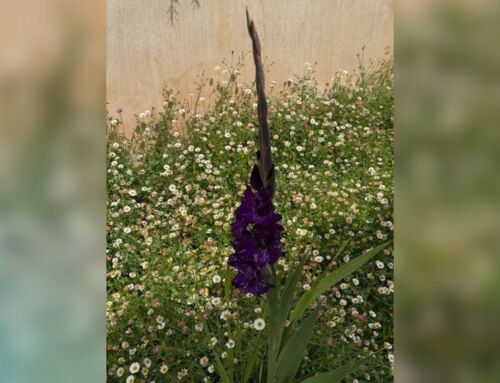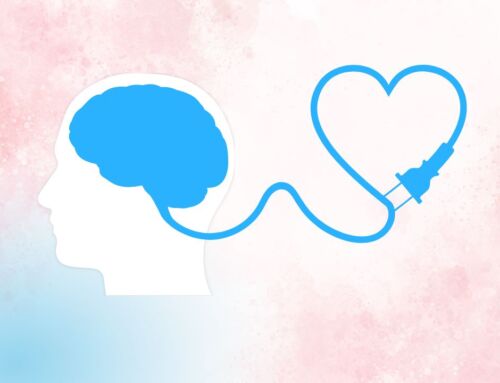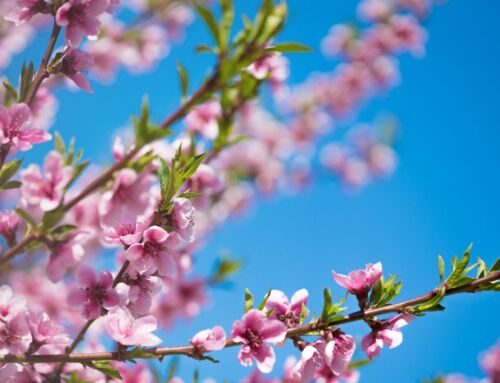Science now verifies meditation can be as effective as medication for treating anxiety; these mindfulness-based stress reduction techniques are a SNAP!
Over 15 years ago, a doctor recommended I try a course in Mindfulness-Based Stress Reduction (MBSR) to manage extreme stress affecting my speech and causing me to garble words.
I’m lucky my brain and mouth weren’t working well, because otherwise I wouldn’t have walked through the gate onto this path of profound healing. I didn’t know the gate existed, nor that there was a path rich with decades of evidence-based practices, combined with thousands of years of contemplative wisdom.
That’s how I describe my introduction to mindfulness in my upcoming book, “SNAP! From Chaos to Calm.” As scientific evidence mounts for the effectiveness of mindfulness, hopefully more doctors will prescribe MBSR for their patients suffering from extreme stress.
The latest evidence comes from research, published Nov. 9 in JAMA Psychiatry, finding mindfulness works as well as a commonly prescribed medication to curb effects of anxiety.
The study involved 276 adults with untreated anxiety disorders. Half of them were randomly selected to take 10 to 20 mg of the generic form of Lexapro, and the other half were assigned to an eight-week course in mindfulness-based stress reduction. Both groups experienced about a 20% reduction in their anxiety symptoms over the eight-week period.
The results shouldn’t prompt people to stop taking anxiety medication without consulting their doctor, says the study’s lead author, Elizabeth Hoge, MD. But meditation could be prescribed in lieu of medication for patients who experience severe side effects or have allergies to anti-anxiety medications, or for those with untreated anxiety wary of medication. This research adds to previous studies that showed mindfulness is as effective as prescription drugs for preventing relapse of mild to moderate depression.
Mindfulness can be practiced as part of activities you are already doing, making it well suited for those who aren’t inclined to sit with their eyes closed or a gentle downward gaze, as in other forms of meditation.
I explain the difference between mindfulness and other forms of meditation in this blog post. At its essence, mindfulness is simply paying attention to what you are doing while you are doing it, rather than worrying, ruminating, or multitasking.
Part of what makes the practice so uniquely powerful is that you can do it anywhere, anytime. You don’t need some silent, pristine moment; you can practice mindfulness simply by directing your focused attention to whatever is going on around you.
In “SNAP! From Chaos to Calm,” I share SNAP methods for coping with many stressors that life today throws at us, from parenting struggles to political strife and disasters. So, for instance, say you feel agitated and upset by whatever bad news the day serves up.
Try this:
Soothing touch gives your body a head start in calming down. It taps into your body’s mammalian caregiver response, releasing oxytocin and opiates in your brain to counteract cortisol, the stress hormone. So, place your hands where you find it soothing. Practice placing your hands on your heart, your belly, cheeks, upper arms in a hug, hands holding hands. Use whatever placement comforts you most.
Name your feeling: “I’m feeling frustrated. I feel upset. I feel scared. I feel angry.” Labeling the emotion engages the thinking brain and calms your system down. Drop into the emotion and see what’s there. Avoid judging it. Simply observe with curiosity. This is the heart of what mindfulness is all about. It takes practice, but soon you’ll be able to tune in and notice what’s happening inside you. Once you notice these feelings, you can work with them, giving yourself room to breathe and changing your relationship to them.
Act: Apply the appropriate Mindful Method to nourish yourself. Notice you are physically safe right now, presuming you are. You have a roof over your head. You are not in physical danger, more than likely. Open up your senses. Notice what you see in your environment. Spend a few moments listening to whatever sounds are present. See how the air feels on your skin. Let yourself realize that you are actually safe.
Praise: What should you hear or do right now to make yourself feel better? Create a phrase and repeat it as a mantra to yourself. It could be something like this:
I am healthy and strong.
I am safe.
I will get through this.
Whatever unfolds, I will be there to meet it.
I am loved and appreciated.
Focus on the mantra until it sinks in and you believe it. Don’t worry if it feels forced at first.
As a bonus, change the channel by popping in a positive mental state from a memory. Feel that goodness for a breath or two to transform it from a mental state to a neural trait. This will rewire your brain for more happiness and resilience.
Here are a few other things to try next time you feel anxiety rising inside of you:
Practice deep breathing: Take several deep breaths. Go longer on the exhale to calm the nervous system. Try counting to four as you inhale and six as you exhale.
Access mindfulness with a physical object: Focusing on an object helps shift the mind from worrying thoughts. Go exploring and choose a stone for this purpose. It doesn’t have to be fancy; it just needs to feel nice in your palm and fit in your pocket. Anytime you feel anxious or stressed, reach for it, feel its texture, and focus on that physical object instead of your worries.
Meditate: If you’re not already a meditator, try it! It’s easier than you think to jump right in, and it’s great for managing anxiety. Try a free meditation app like Insight Timer (my favorite!). Try Balanced Mind with Julie Potiker, also free and relaxing!
Mindfulness helps us pause and step back from overwhelming feelings. It provides a calming strategy for challenging moments and helps to SNAP us back into balance.
Years ago I watched a terrific TED talk illustrating how science is catching up to thousands of years of contemplative thought. It’s still doing it.





















